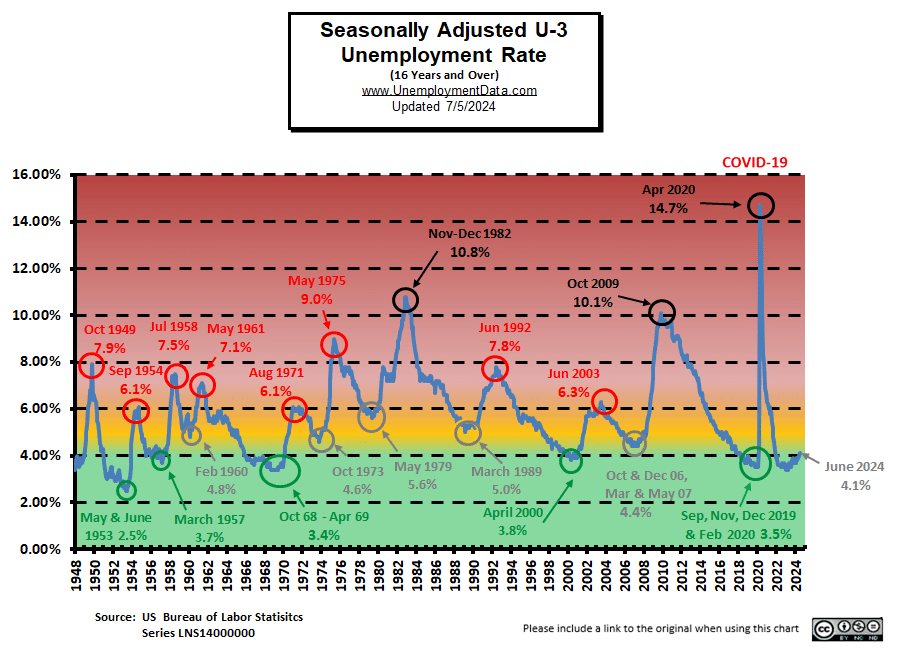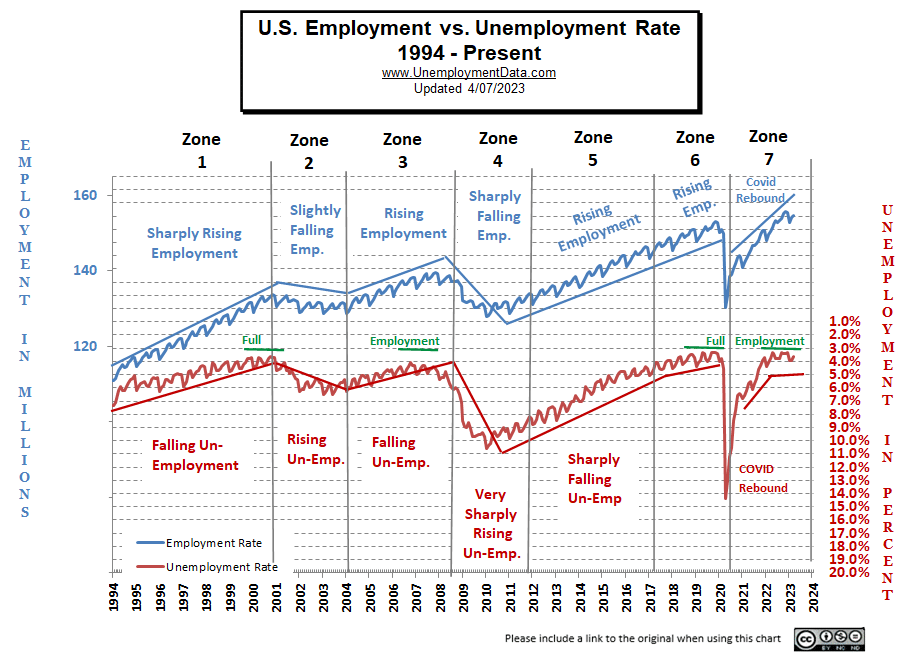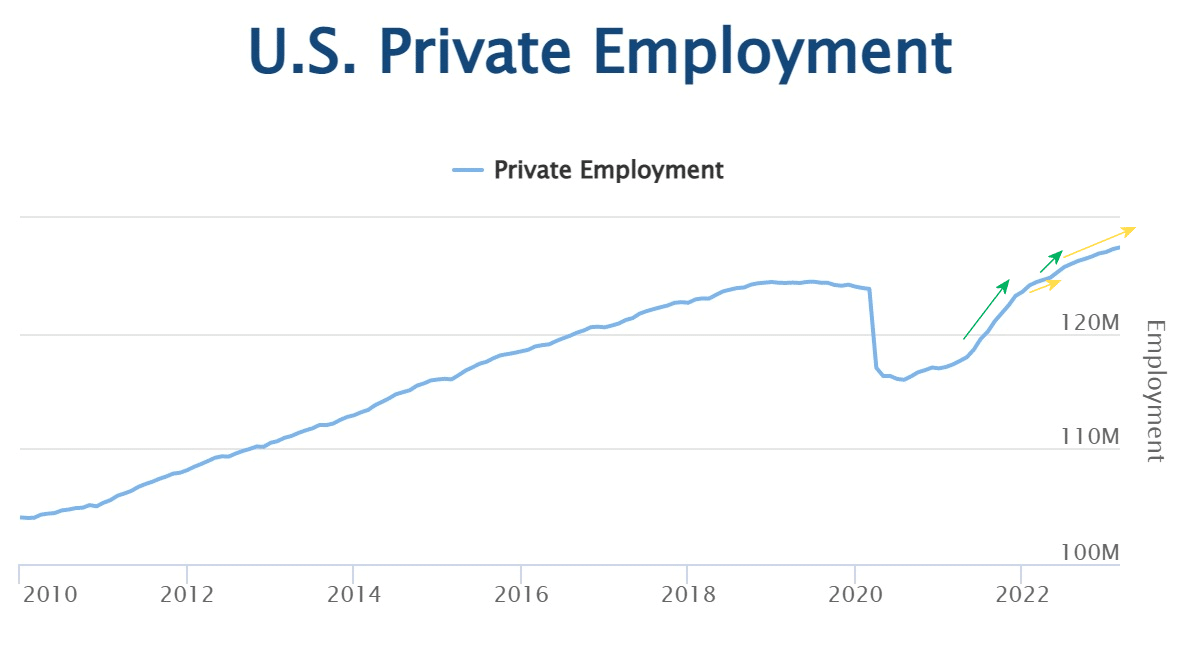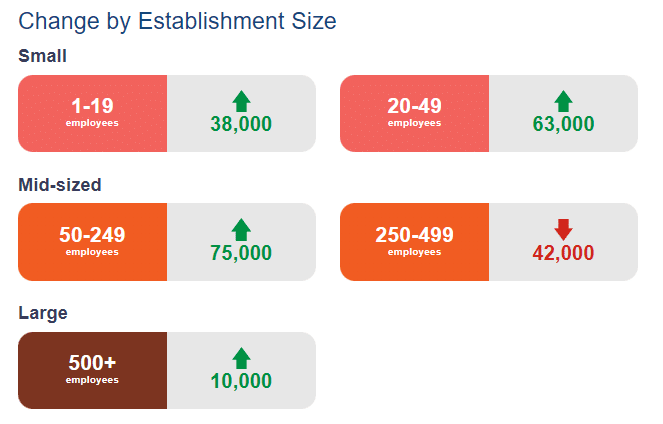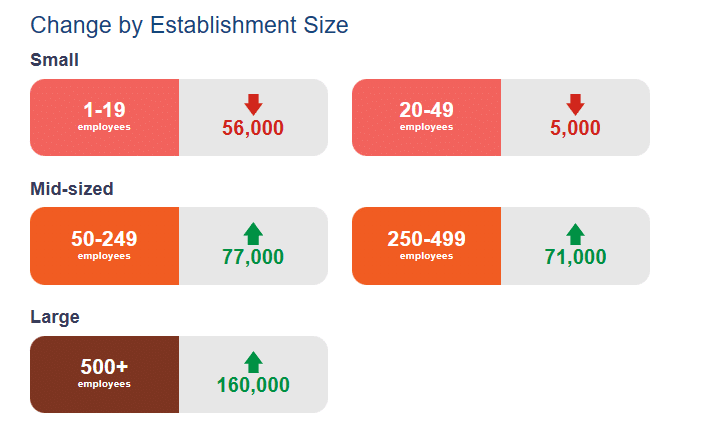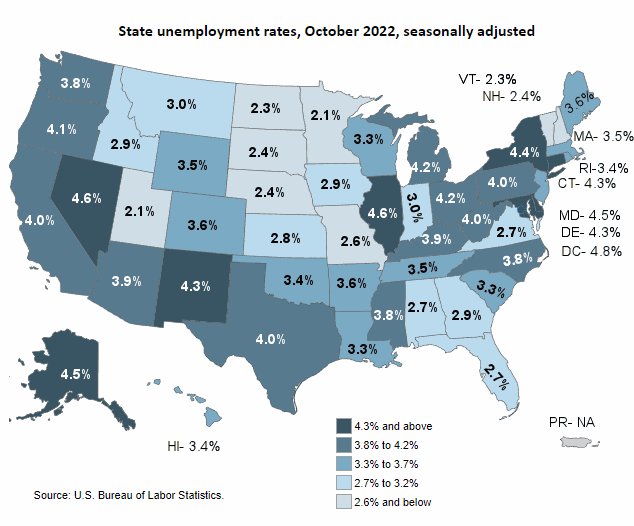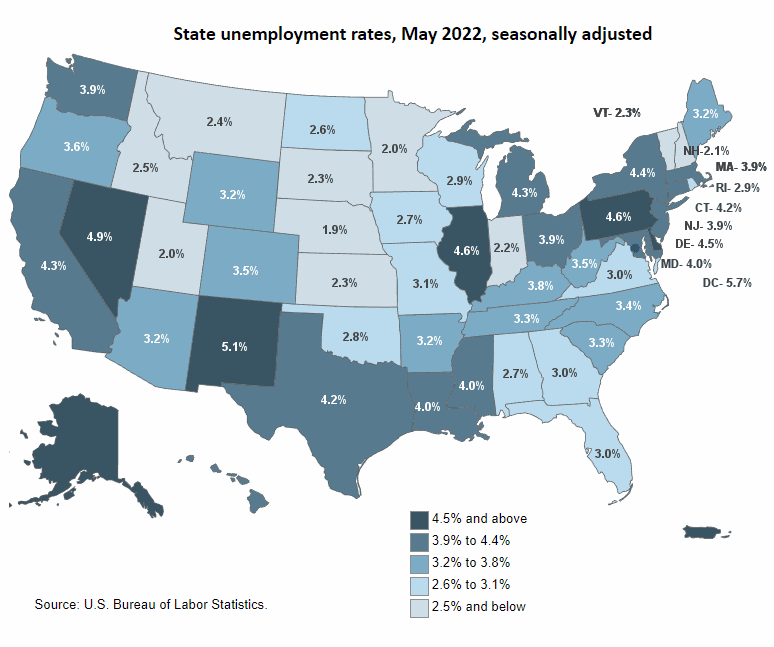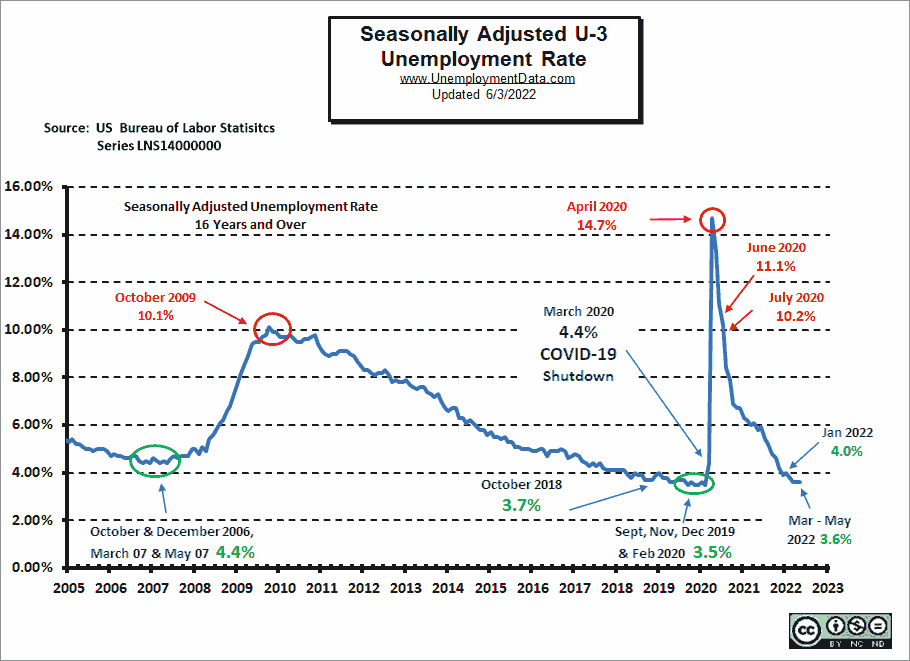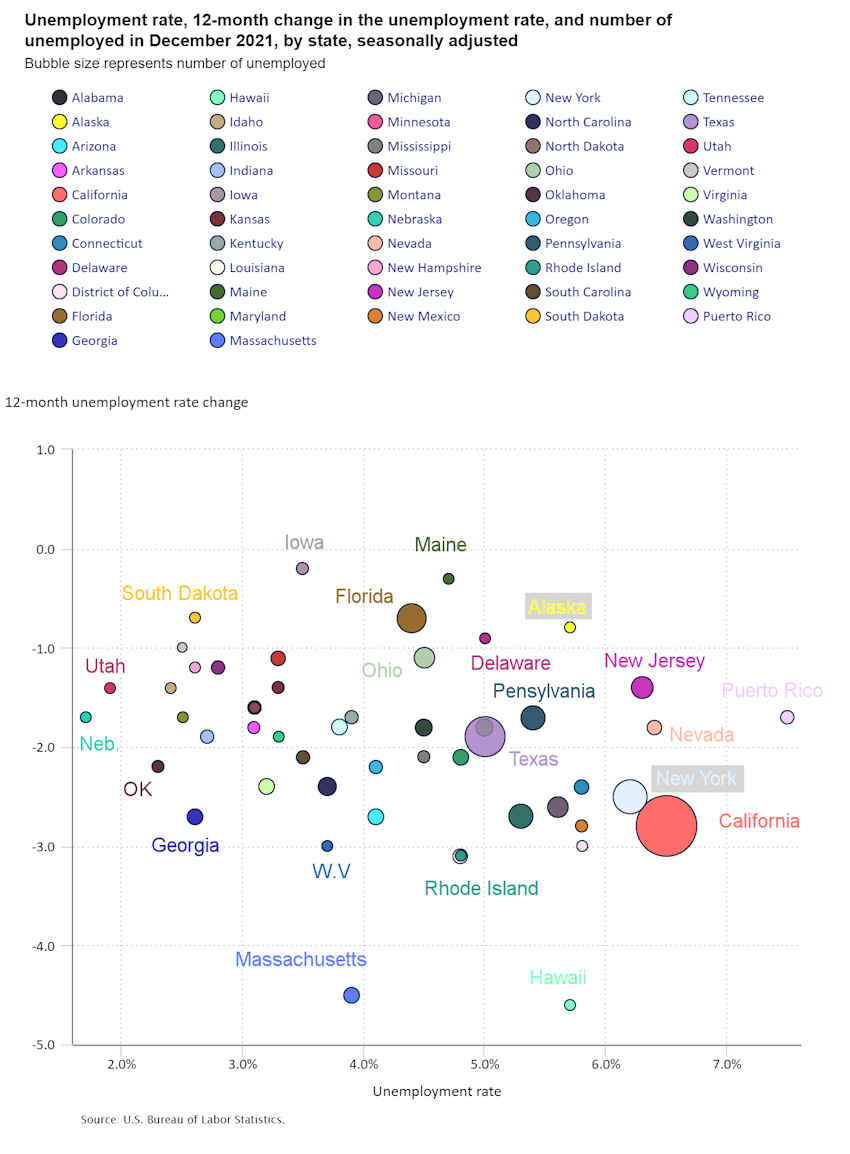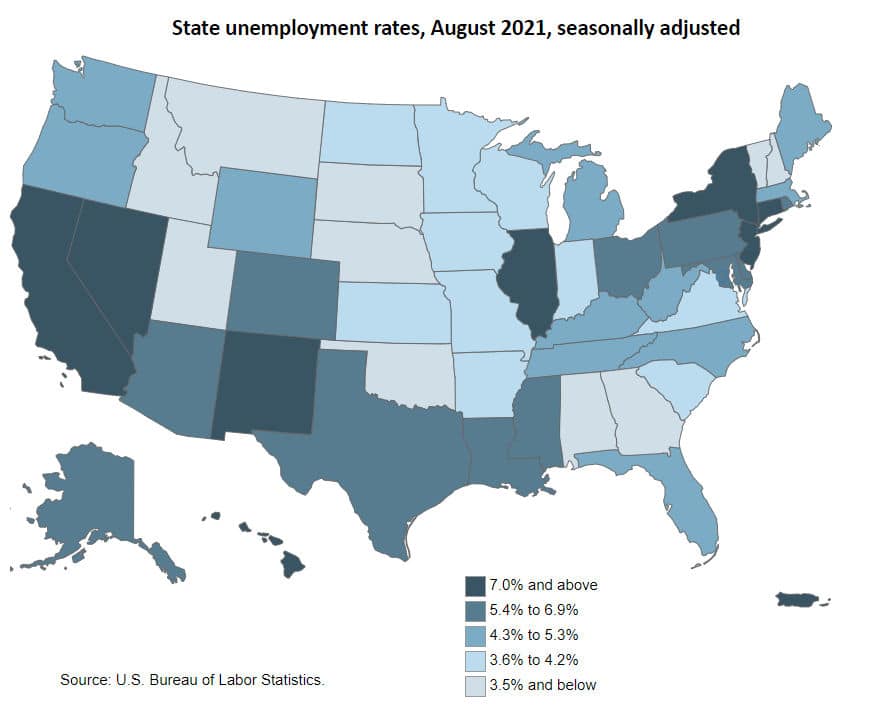The U.S. Bureau of Labor Statistics (BLS) released its employment / unemployment report for June on July 5th, 2024.
Employment / Unemployment
![]()
- Seasonally Adjusted U3- 4.1% up from 4.0% in May
- Unadjusted U3- 4.3% up from 3.7% in May
- Unadjusted U6- 7.7% up from 7.1% in May
- Labor Force Participation Rate 62.6% up from 62.5%
- Employment 159.392 million up from 158.845 million
- Next data release August 2nd, 2024
Summary:
Total Employed increased in June, Unadjusted Unemployment was up sharply, but Seasonally adjusted Unemployment increased only slightly.
According to the Commissioner of the U.S. Bureau of Labor Statistics:
“Total nonfarm payroll employment increased by 206,000 in June, and the unemployment rate changed little at 4.1 percent, the U.S. Bureau of Labor Statistics reported today. Job gains occurred in government, health care, social assistance, and construction…
Both the unemployment rate, at 4.1 percent, and the number of unemployed people, at 6.8 million, changed little in June. These measures are higher than a year earlier, when the jobless rate was 3.6 percent and the number of unemployed people was 6.0 million.”
You can read the full BLS report here.
As usual, they are talking about “Seasonally Adjusted Jobs”.
Looking at the Unadjusted Establishment Survey report we see…
Originally the BLS reported employment of 158.918 million for May
which they now adjusted to 158.845 million.
They are currently reporting 159.392 million jobs for June which is actually an increase of 474,000 jobs compare to what they first reported or 547,000 compared to their new numbers.
The LFPR was up from 62.5% to 62.6%.
Good News for the Market?
In the perverse stock market of these post-pandemic days, the market is looking for an excuse for the FED to cut interest rates so “Bad News is Good News” for the market.
The news wasn’t bad enough to spark a major rally but after falling initially, at around 10:30 AM the market turned around and rallied for the rest of the day taking it to slightly above the previous day’s close. So basically a giant “nothing burger”.
Current Unemployment Rate Chart
Seasonally Adjusted U3 Unemployment remains above the pre-COVID 2019 cyclical lows of 3.5%, but is approaching the yellow zone.

